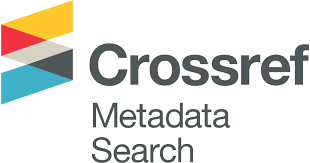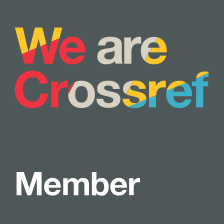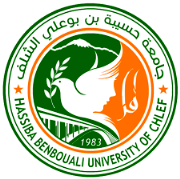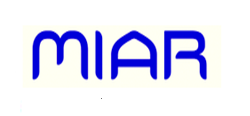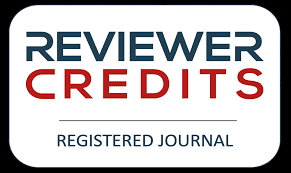Unveiling the World through Stories: Fostering EFL Learners’ Intercultural Sensitivity through Storytelling Circles
DOI:
https://doi.org/10.70204/jlt.v5i1.438Palabras clave:
intercultural competence, intercultural education, intercultural sensitivity, EFL classes, storytelling circlesResumen
In the wake of globalization, the world requires intercultural competent individuals with a heightened level of awareness and sensitivity towards others. This study addresses the effect of adopting storytelling circles on fostering students’ intercultural sensitivity in EFL classrooms. To attain this goal, the study followed a quasi-experimental mixed methods design with a single case study of 8 students assigned conveniently from the population of third year undergraduate EFL students at the University of Guelma, Algeria. The intervention which was launched in the academic year 2023-2024 adopted Chen and Starosta’s (2000) intercultural sensitivity scale as a pre and posttest, besides audio recordings of the sessions, reflection tasks, and the field notes of the researcher. The quantitative analysis of the pre and posttest using the Wilcoxon-signed ranks test revealed a significant difference between students’ intercultural sensitivity level before and after the treatment as p=0,00>0,05 in which learners moved from low to high level of intercultural sensitivity. Qualitative findings of other tools revealed that learners developed a shade of ethnorelativism, positive attitudes towards cultural diversity, and challenged their held stereotypes and prejudices. Therefore, the alternative hypothesis implying that storytelling circles foster intercultural sensitivity was retained. As a corollary, the study suggests more research on the effect of storytelling circles on intercultural sensitivity, the adaptation of critical intercultural education and a non-essentialist paradigm of culture when cultivating intercultural sensitivity, and systematic intercultural training for EFL teachers.


